 Sign in
Sign in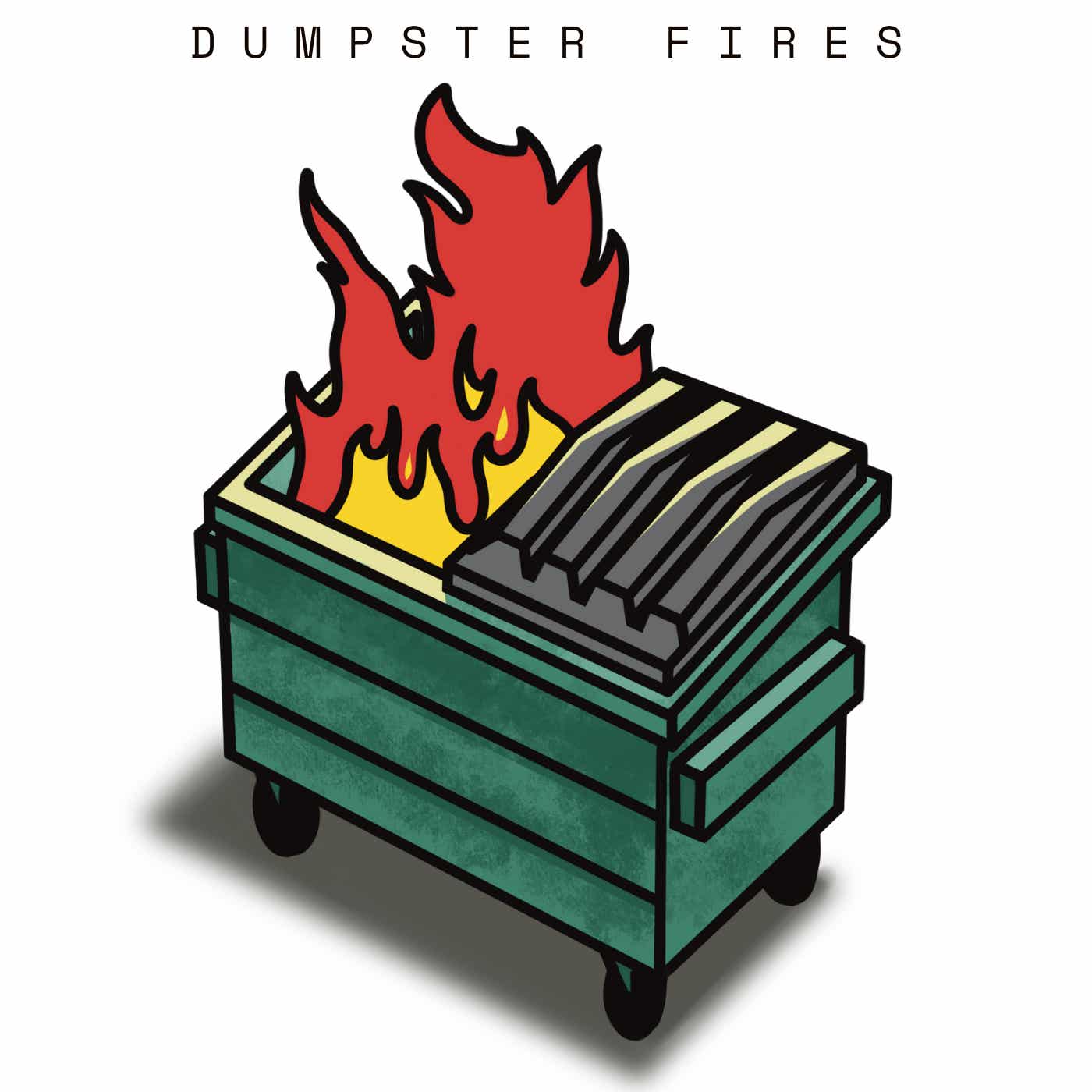
Arts
Comedy
Barret Baumgart
Every writer dreams of a room of their own. Even better, a room with a view… dumpsterfires.substack.com
Total 7 episodes
1
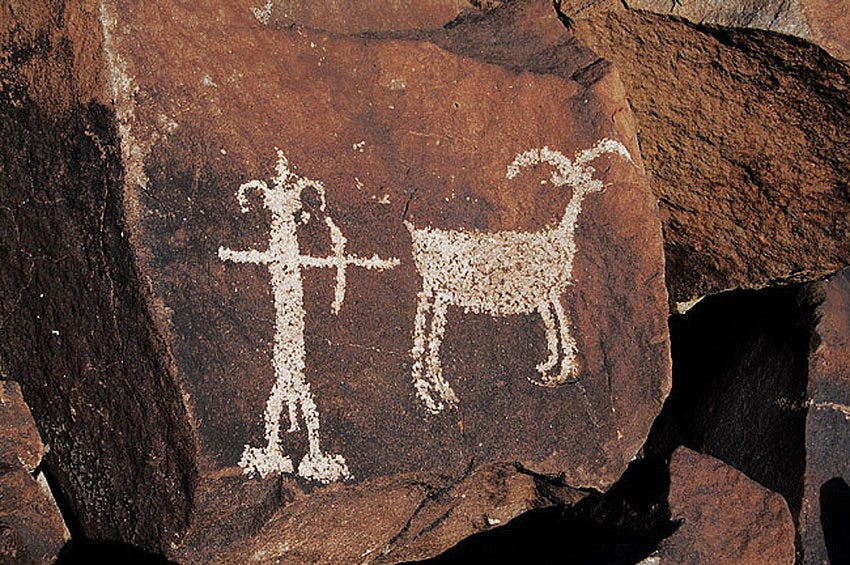
In a Future Far, Far Beyond the Festival
At the start of November I returned to the Mojave Desert to attend Ridgecrest’s 10th annual Petroglyph Festival. I’d been following the event for a decade, ever since I became obsessed with the petroglyphs on the China Lake naval base while writing my first book, but something felt different this year. At first I couldn’t figure it out. Outside the main gates I met the same protestors, members of the local Kawaiisu Nation, who continue to oppose the festival and the permanent petroglyph reproductions displayed throughout the city. Inside, beyond the quiet picket line, there were the same paid Native Americans who had traveled from New York, North Carolina and elsewhere out of state to don feathers, pound drums, and offer up prayers to a Christian God. I bought a corn dog, skipped the kettle corn, admired the dreamcatchers galore and cedar incense and saw the same howling wolf hoodie made in Bangladesh I bought way back in 2010 at the Crazy Horse Memorial in the Black Hills of South Dakota. A wild donkey rescue called Breakfast Burrito kept Christina engaged as I wandered on, circling the arena where a hoop dancer, Eric Hernandez, who’d driven up the night before from Los Angeles, like us, put on an impressive, athletic performance for families and children perched on bright haybales. And none of it, the same as always, had anything to do with the petroglyphs, the ancients who created them, nor the local tribes who revere the Coso Range as the hallowed ground of all creation. A little after noon, in a large tent that functioned as a green room, Bob Blackwell, a representative of the Kawaiisu, approached Eric as he sat breathing through an inhaler, winded from another masterful hoop performance. Bob handed him a flyer. “I didn’t know anything about this,” Eric said, referring to the Kawaiisu’s ongoing condemnation of the festival, which the Kawaiisu have not been invited to join. “It would be like back east if the city hosted a pow-wow and did not invite the Lumbee.” A Ridgecrest city official then entered and told Blackwell he was trespassing. He was invited to leave, and I was informed I’d be receiving emails from the city attesting to the fact that Kawaiisu had been invited to attend the festival. Those emails, however—I suspect much like the actual invitation—have yet to be sent. A Petroglyph Festival that invited the culture of the Kawaiisu would not help fill city hotels. A festival that invited the history of local tribes would not be good for business. Their lodgings would take longer to erect than the Costco pop-up tents. Their clothes would look less colorful before the cameras. And the prayers, not offered in English, might fall on deaf ears. Rather than the PA-amplified tales about Coyote and Rabbit, the history of the locals would have to include the horrors of being hunted, mass slaughter, forced removal, slavery, disinheritance and—finally now, at last—their sacred symbols, the petroglyphs, being sold off as crappy kitsch for bored tourists. Or perhaps not. In all fairness, there was one element absent from the festival this year. And it was this omission that took me a moment to notice. Petroglyphs. There were no petroglyphs displayed throughout the actual festival grounds. Not that I saw.On the one hand it is a profound victory for the local tribes who object to the exploitation of their culture and religion for monetary gain. On the other, the defeat of the festival, so complete it can no longer display its namesake images, lent an eerie atmosphere to the day’s proceedings, especially after the wind picked up. The artwork was both there and not there. Palpable, a possibility scintillating at the periphery, but everywhere absent, omitted. Named but refrained. It felt off, ghostly even, like the glyphs that line the long lava hallway of Renegade Canyon, climbing higher and higher along the walls in layers of tortured palimpsest until the artwork and eons end abruptly at the cliff edge and your eyes empty out the swarms of bighorns into the blinking pale salts of the dead lakebed miles below. The artwork of the Coso Range could be a UNESCO World Heritage site, revered alongside other awesome and even lesser ancient achievements scattered across the globe. But it is not. Few have ever even heard of the place. This despite the best efforts of the town of Ridgecrest. And of course, behind it all, sequestered in the research silos scattered underground throughout the desert highlands, like a sidewinder coiled in the shadows, the US Navy—current owner of the petroglyphs—remains silent, its slick tongue sniffing the air, always sniffing, but never saying a word. What do the images mean? Who created them? Who do the petroglyphs belong to? To where have they vanished? The answer today is the Navy. The Navy owns 300 miles of petroglyphs carved throughout the canyons of the Cosos that no one can access at present—not even the local tribes. It is the Navy who, through negation, decides what the images mean. The Navy that carefully hoards them in the name of National Security. The Navy says who can see them. The Navy that forces the tiny tagalong town beside the base to suck whatever magic it can from the distant walls of desert varnish, cramming it into the increasingly sad package of a ‘Petroglyph Festival’ that no longer contains any petroglyphs. A lousy country fair is all the festival will ever be so long as the city can only mime the mystery in the distance, reproduce the petroglyphs in parking lots, and pay Cherokees to point vaguely toward the distance, their elders and chiefs not even knowing which mountain range contains the riches few eyes will ever see. Why doesn’t the base help out their little city? Why won’t they assist? Why, as President David Laughing Horse Robinson of the Kawaiisu Nation told me, why are the tribes unable to access the petroglyphs in recent years? What changed? Have the petroglyphs in fact disappeared, vanished far beyond the counters, craft tables, and credit card machines of the festival grounds, into some interdimensional rift opened up by some disastrous new weapon the Navy’s testing?The base says they take the business of preservation seriously. I believe them. My guess is that that they need the petroglyphs. For a long time, they’ve required them for something. I’ve come to believe after more than a decade orbiting the base that it’s not a coincidence that the US military owns this supreme source of ancient supernatural power. US National Security doctrine rests upon an unchallenged ability to visit egregious harm on one’s enemies. It does not rest upon an expanding awareness of our shared human destiny and common heritage on this fragile paradise of a planet. If the local tribes, the out of towners, and the city officials all want to come together to fight one another at a festival outside Death Valley each year, why would DoD give a s**t? Such scuffles keep the focus on the foreground. The one thing they don’t want is for you to turn around and train your gaze on the vast and implacable base. The one thing you’re not supposed to do—whether you’re the town of Ridgecrest, the Kawaiisu Nation, or a nonfiction writer living in Los Angeles—is to perk up and peer past the dumpsters and strip malls, out beyond highways and power lines to the volcanic headland looming over the dry lakebed. Indeed, the tens of thousands of signs pinned around the base’s perimeter tell you just that: Look Away, Go Away. WARNING. NO TRESPASSING. Is it treasonous, a breach of faith, a futile confession of naivete to look to that larger background and ask, seriously, who really owns the petroglyphs—and why—and what does that ownership really mean? Would America be less safe if China Lake surrendered a small corner of the base? Would the fleet forfeit dominance if some precious scrap of land slipped out of their 1.2-million-acre hands? Haven’t they held onto all those canyons long enough? Is there not one they might slough off some year, like a snake shedding its skin, as the battlefield shapeshifts into further unfathomable cyber bits? Isn’t over 80 years on lockdown long enough? If for some reason the in-house techno shamans and wizards of defense must keep those hunting scenes in their war cabinet a little longer, at least let them set a time limit. Conflicting interest groups across the region should recognize the sidewinder in the room. A broader vision for the Coso Range and its petroglyphs and hot springs might see the sacred lands of the Cosos returned to those Native Americans to whom it once belonged and for whom it remains the most sacred site on earth.Such lands, once transferred, might be organized not into a National Park but a Tribal Park administered by and for the benefit of the indigenous peoples of the region. Or not. It would be up to them to decide their destiny. Such a path forward may appear impossible, it may take decades, it may be insane, but I believe it’s time to peek beyond the puny festival and the inviolable prerogatives of the Navy and ask why—why couldn’t, and why shouldn’t, such a future exist? And who knows, maybe down the road all hotels are filled. * Listen to clips from my interview with David Laughing Horse Robinson in the video above or click here. * To learn more about the Kawaiisu Nation, their history, and their protest of the festival, visit their website. * To learn about how I ever became involved in any of this—the story is weird—you can read my ongoing series, “The Heights of Weird.”* If anyone from the city would like to broaden this reporting, they can email me at barretbaumgart/gmail or they can again create a new Substack account under a random name and have ChatGPT crank more sophist tripe about behavior rooted in White Saviorism that upholds colonial power structures. * Read my original Petroglyph Festival essay here.Dumpster Fires is a beacon of light in a world of trash and sorrow. To receive new posts and support my work, consider becoming a free or paid subscriber. Get full access to Dumpster Fires at dumpsterfires.substack.com/subscribe
05:1414/11/2024
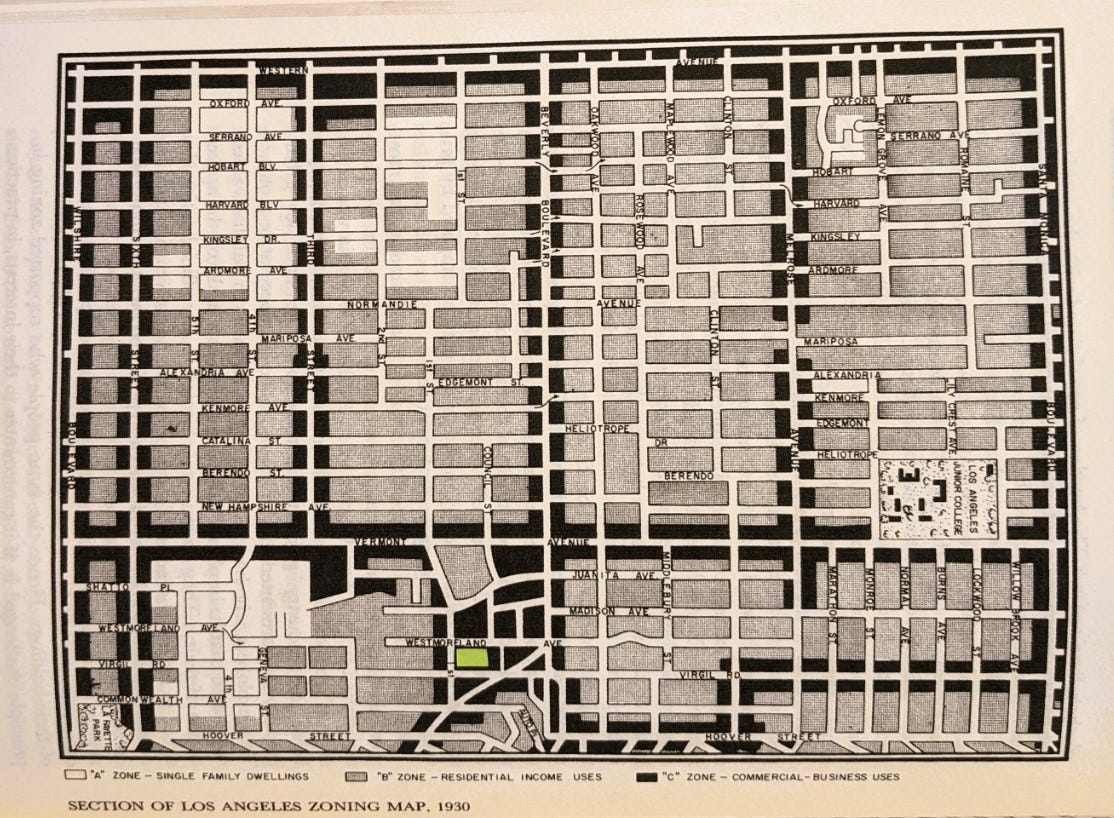
Stress Ruins Flesh
Soothing New Podcast Content!!! Listen on Spotify or Apple Podcasts, or on the Substack app. I live behind an actual slaughterhouse, and around the corner from a gay sex club, which shares a back wall with a pet hospital and a new charter elementary school. There’s a lot going on here. It’s one of the things I love about Los Angeles—diversity.If you read the first important historical work written on the city, The Fragmented Metropolis (1967), its chapter on zoning weirdly shows, of all the infinite cross-sections of Los Angeles, the two-square miles of the city surrounding my apartment. Contrary to the popular impression of a city devoted to chaotic, unplanned, and unstoppable sprawl, LA actually pioneered the nation’s first citywide zoning codes in 1908. The blocks around Beverly, Virgil, Vermont, Western and Westmoreland were a test lab for an enlightened future of harmonious mixed use for the benefit of all humanity.“Right from the start, we must understand that we are not the conservative branch of the City Government,” the Los Angeles City Planning Commission declared in 1920 at the height of their progressive zeal. “We are the ones who should ‘Dream dreams and see Visions’—visions of a better City to be.”Well, living on Westmoreland Avenue, in Château Westmoreland, I certainly had my share of visions—most of them painfully real. In a previous post, I tried to hint at the nearly supernatural malevolence of these streets, and now, for the first time ever, you don’t have to read about it. Sit back in traffic, turn up the volume, and let my soothing voice whisk you away to a magical land where zoning laws went horribly wrong.This episode ties it all together in a truly ambitious and hilarious dumpster fire.“Los Angeles, where it all comes together!” —Former Official City MottoBefore I begin to wade into the high weirdness I hinted at in my last post—an excursion into some seriously strange territory that will take a series of posts to unpack—I thought it might be fun to toss off a standalone podcast episode. So here it is. It’s intense.Believe me, you’re going to need more than a $25 Erewhon smoothie to feel anything like healthy or well after this. 𝐸𝓃𝒿𝑜𝓎!Listen to “Stress Ruins Flesh” on Spotify or Apple Podcasts, or on the Substack app. This content originally appeared last spring in slightly different written form under the title, “It Will Get Brighter—Optimism.” If you recall that post, then you know you must combat taste freeze. Purchase the music mentioned in this podcast: Baltra, AmbitionFearing, ShadowDemilich, NespitheChat Pile, God’s CountryNote: Birds sounds are real, sampled from my window overlooking the dumpsters, as are Abdul’s bellows.Dumpster Fires is a beacon of light in a world of trash and sorrow. To receive new posts and support my work, consider becoming a free or paid subscriber. Get full access to Dumpster Fires at dumpsterfires.substack.com/subscribe
33:2312/06/2024
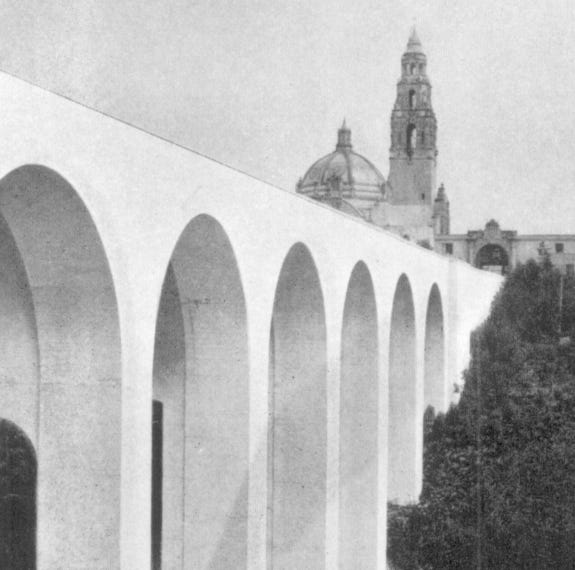
A Mortician's Paradise - Expanding Erewhonian Nightmare Part 4
Join me as we sink deeper into the Expanding Erewhonian Nightmare and tie it all back to my failed book project about America’s largest nuclear meltdown at the Boeing-owned Santa Susana Field Laboratory.Part 4 of the “singular, hilarious, and groundbreaking study” (The New York Times) available on Apple Podcasts & SpotifyHere the horseshit really hits the fan…Erewhon is an absolutely insane name for a health food store headquartered in Southern California. Southern California was literally settled by the sick and suicidal.In fact, more people once killed themselves in Southern California than any other location on earth outside of war time.Hence, if the logic of the fictional dystopian novel Erewhon were applied to early Southern California, you’d have to nuke everything from Montecito down to Tijuana to keep the place clean. As I pointed out in my last rant, the super-hip, psycho expensive, celebrity sprinkled LA-based wellness mecca is literally named after a fictional totalitarian Hell where the helpless and sick are purged from the earth in service of collective perfection. Dumpster Fires is a reader-supported publication. To read more, receive new posts, and support my work, consider becoming a free or paid subscriber. Get full access to Dumpster Fires at dumpsterfires.substack.com/subscribe
15:0113/05/2024
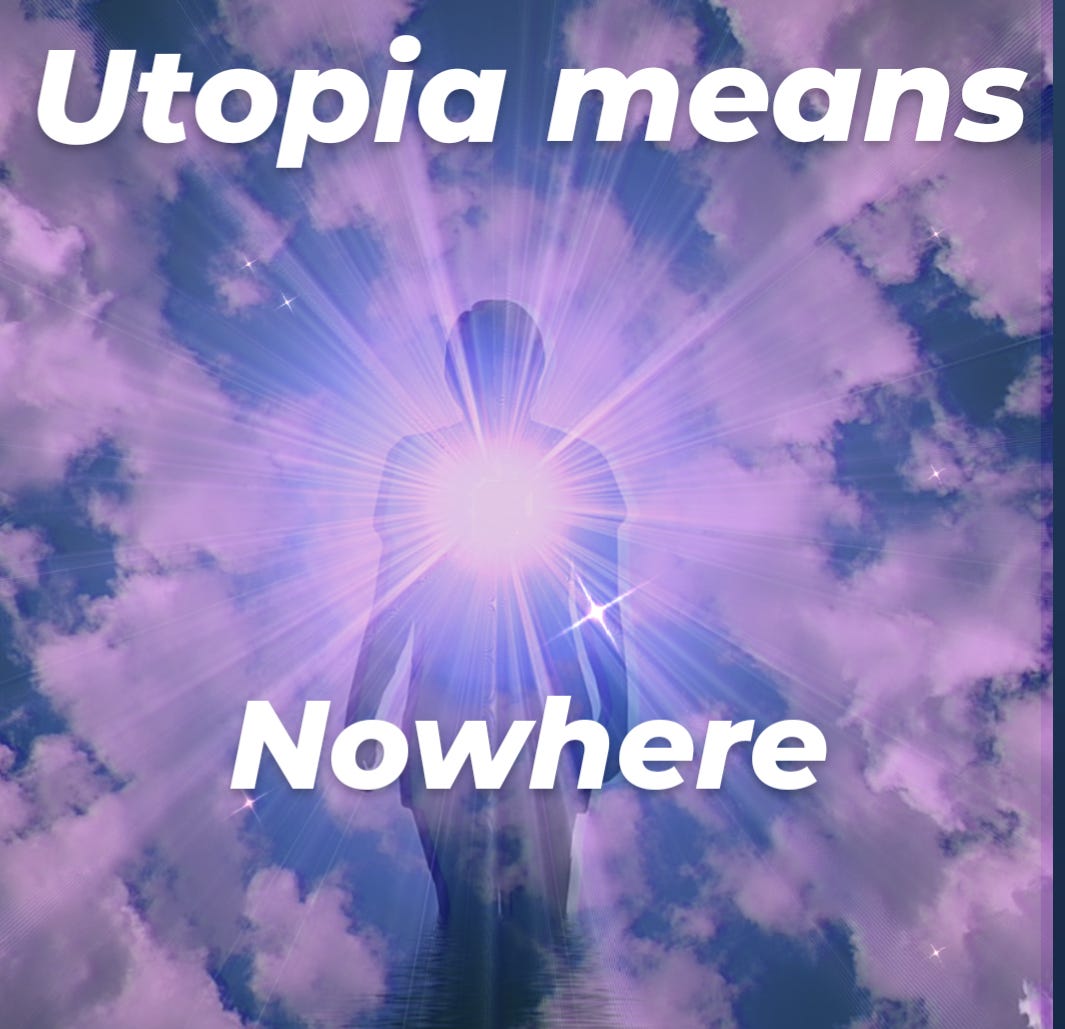
Utopia Means 'Nowhere' - Expanding Erewhonian Nightmare Part 3
Part 3 of the “singular, hilarious, and groundbreaking study” (The New York Times) available on Apple Podcasts & SpotifyHere the horseshit really starts heating up…Did you know the obscenely overpriced, celebrity obsessed LA-based wellness grocer Erewhon is actually named after a fictional totalitarian Hell where it’s illegal to be sick or unhealthy? If you’ve followed my last few rants, you may have wondered where the hell all the words were headed. And after hearing three, four, five rambling run-on sentences in a row, you might have reasonably concluded—Nowhere. “Bro, this isn’t going anywhere.” “He’s just riffing around some well-trod TikTok territory.” “…poking fun at some bourgie LA boutique.” “…s**t’s low hanging fruit.”Indeed, Erewhon is easy critical pickings. No one needs to win a Noble Prize to notice the serious divide between the company’s breezy creed—“If we fill our bodies with the very best that Earth has to offer, we can become our best selves”—and the obvious huckster bunco of a $25 bottle of Ophora ‘Hyper Oxygenated’ water.Do we really become our best selves by succumbing to such sad scams?Join me as we sink deeper into the Expanding Erewhonian Nightmare!!! #health #wellness #food #hellDumpster Fires is a reader-supported publication. To receive new posts and support my work, consider becoming a free or paid subscriber. Get full access to Dumpster Fires at dumpsterfires.substack.com/subscribe
15:3611/05/2024
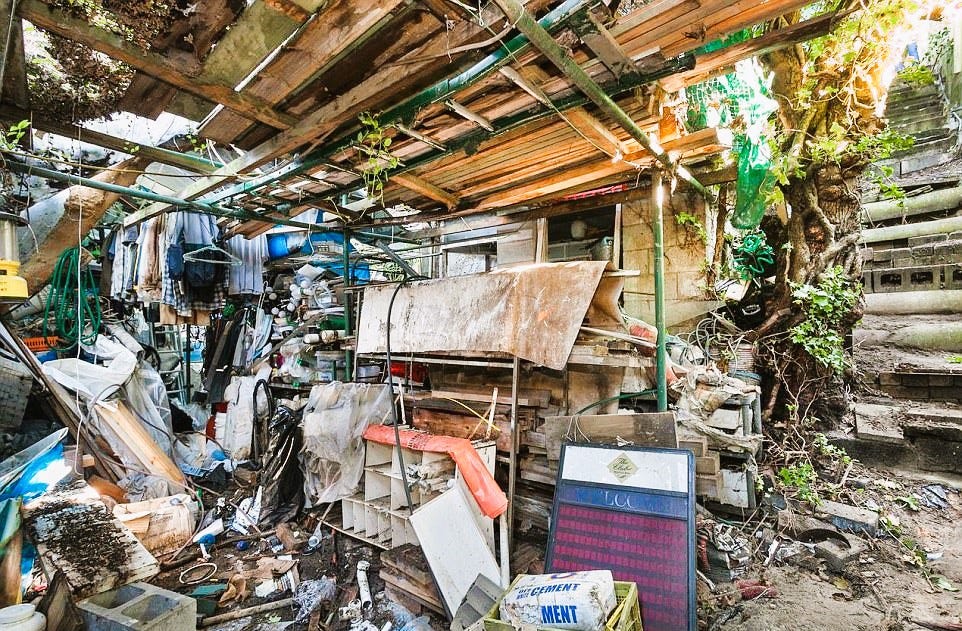
The Privilege of Continuance - Expanding Erewhonian Nightmare Part 2
Part 2 of the “singular, hilarious, and groundbreaking study” (The New York Times) available on Apple Podcasts & Spotify.Recently I discussed how I arrived inside Erewhon, Los Angeles’s most expensive health food store, for the first time ever in my life. The traumatic fecal-encrusted episode was somewhat fortuitous insofar as I had been planning to write something about the grocery chain for several weeks. Yet up until that point could not bring myself to Google a single Erewhon location, let alone imagine dipping through its sliding glass doors, to say nothing of coughing over $18 for some crappy Hailey Bieber “Skin Glaze” smoothie, no matter how indispensable it might prove to my research.Further, a vast and expanding cottage industry of horrific TikTok content had tipped me off to the fact that, in the course of my research, should I find myself hungry and in need of a boost, beyond my basic Bieber smoothie I could absolutely add an espresso shot and muffin to my order and make it out the door for a modest $34. If I wanted any additional refreshment for the road, I could snag a bottle of another sad scam, Ophora Hyper Oxygenated Water, for $25.99.Needless to say, crunching such numbers, I wasn’t exactly jogging down the street, wallet in hand, jonesing for the closest Erewhon grocer.I’d figured the Erewhon essay would wind up like everything else I initiated—another project begun with enthusiasm then abruptly abandoned, left to rust out in the rain among the rest of the junk piled in the backyard of my brain…Join me as we sink deeper into the Expanding Erewhonian Nightmare!!!#health #wellness #food #hellDumpster Fires is a reader-supported publication. To receive new posts and support my work, consider becoming a free or paid subscriber. Get full access to Dumpster Fires at dumpsterfires.substack.com/subscribe
10:4811/05/2024
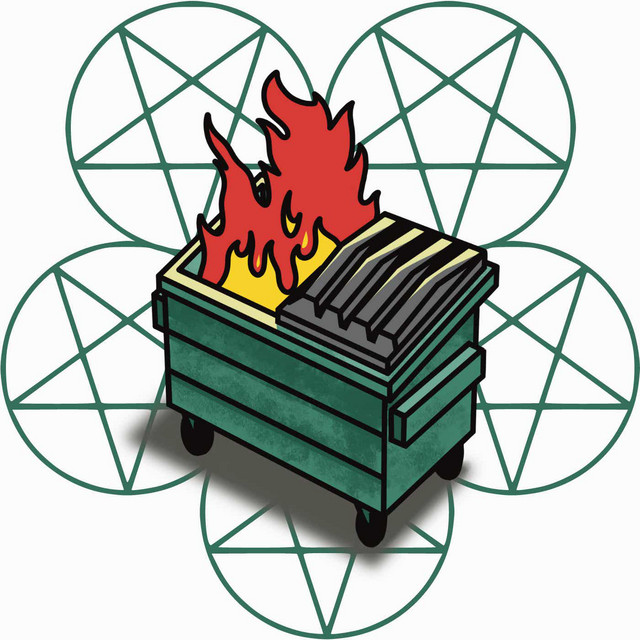
Joggin' to Erewhon - Expanding Erewhonian Nightmare Part 1
Behold the origins of my dismal errand… to Erewhon.In an effort to improve my health and not commit suicide, I’ve been exercising more the past few months. It feels good to get out early and hate the thing you’re doing to yourself more than yourself. Sometimes, jogging, you can even imagine you’re going places.Such was the case in Studio City the other day when, having finally hit some kind of stride, and feeling a little hot headed, I beelined across Ventura Boulevard, faking out a speeding Ferrari before blasting off a red curb, sailing over a boxwood shrub, and—inhaling my first hit of runner’s high in a long time—I planted down firmly on an eight-pound mound of glistening wet canine excrement.Crap, I thought as the flattened tread of my New Balance went juicing along its oozy lubrications. This isn’t what I wanted…Enjoy this first installment of the four-part series, “Expanding Erewhonian Nightmare.”All four chapters of this “singular, hilarious, and groundbreaking study” (The New York Times) are available to read on Substack at Dumpster Fires. * Joggin’ to Erewhon * The Privilege of Continuance* Utopia Means ‘Nowhere’* A Mortician’s ParadiseSubscribe and listen to Dumpster Fires on Apple Podcasts & Spotify. Stay tuned for further audio episodes. Dumpster Fires is a reader-supported publication. To receive new posts and support my work, consider becoming a free or paid subscriber. Get full access to Dumpster Fires at dumpsterfires.substack.com/subscribe
08:3010/05/2024
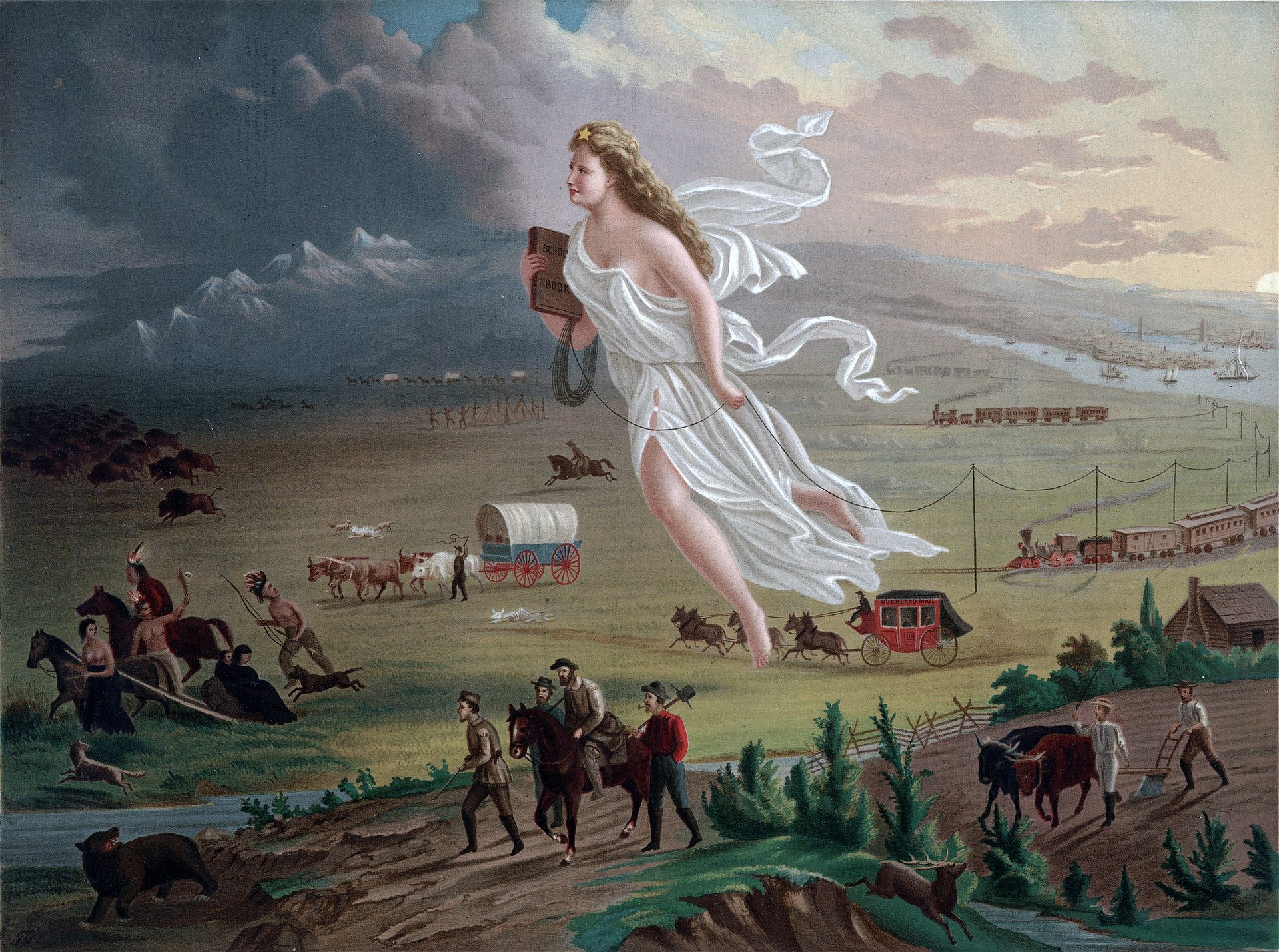
Los Angeles - City of Demons
Los Angeles was for years the most murderous city in America. Newspapers called it Los Diablos instead of Los Angeles. “Some think it odd that there has been no violent deaths during the two weeks that we have been here,” an agricultural surveyor wrote home in 1860. “May the Lord watch over me.” Governors in Sacramento completely ignored the region for the first three decades after California joined the union, apparently hoping everyone down south would just hack each other to pieces and disappear. Unbelievably, the first state-funded institution in Southern California did not open until 1882. It was not an opera house, nor a poor house, or university. It was…An insane asylum. Follow me as I take you on a journey from Terminal Island Federal Corrections Institute, past the shipping cranes of Long Beach and Los Angeles, the busiest port complex in the western hemisphere, and onward up the LA River to its radioactive headwaters in the Santa Susana Mountains, home to the Santa Susana Field Laboratory, the site of the largest nuclear meltdown in United States history. Subscribe and listen on Apple Podcasts & Spotify.Stay tuned for further audio episodes.Read the original Substack post here. Dumpster Fires is a reader-supported publication. Fan the flames of inspiration, consider becoming a free or paid subscriber. Get full access to Dumpster Fires at dumpsterfires.substack.com/subscribe
29:3620/04/2024





